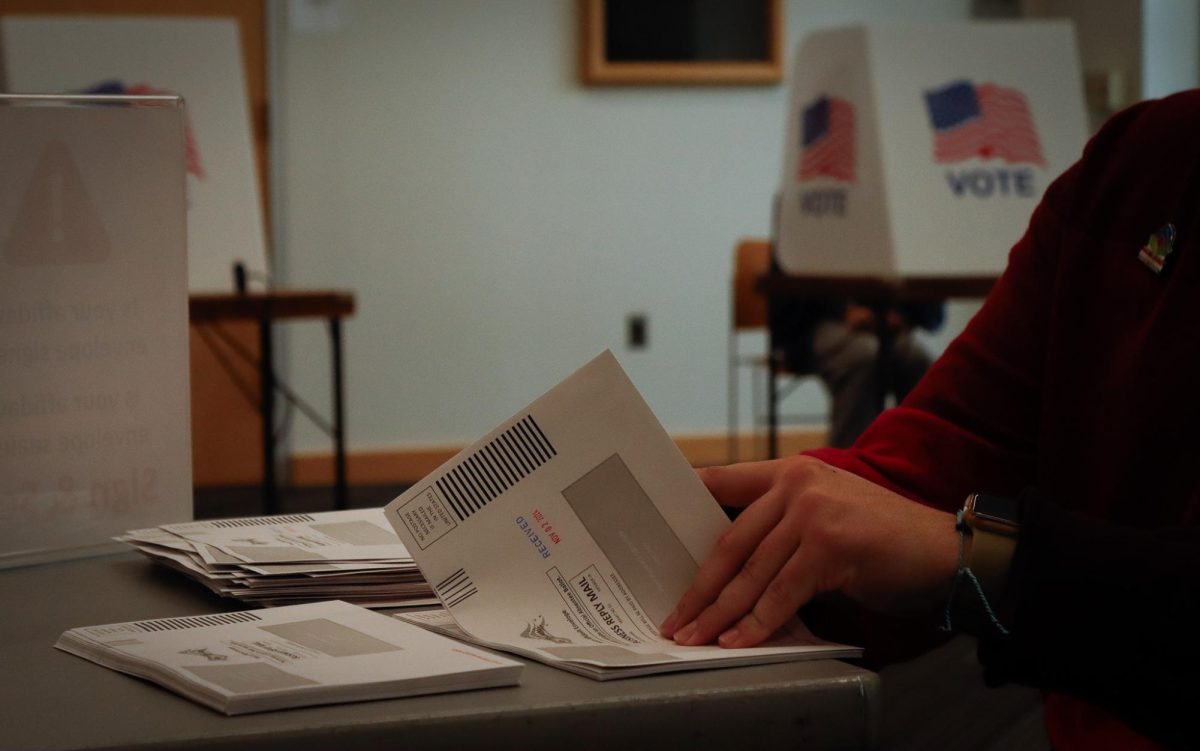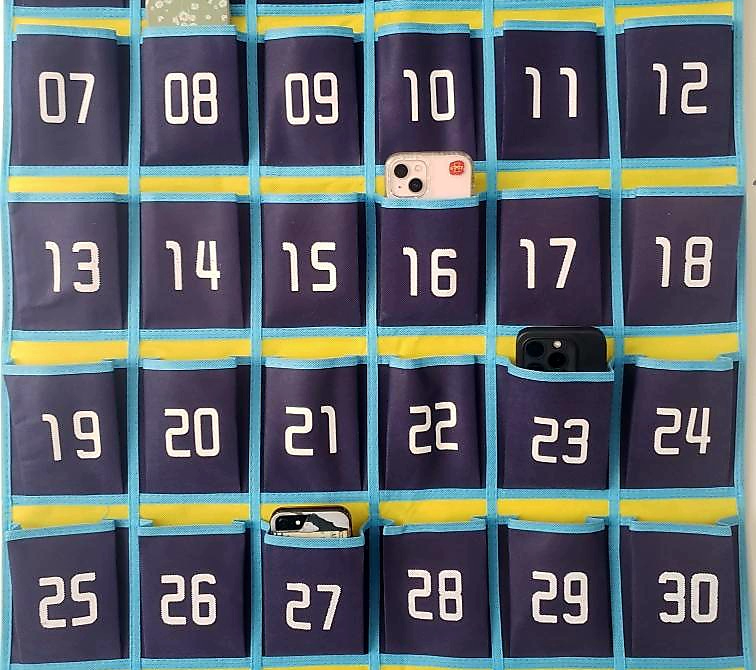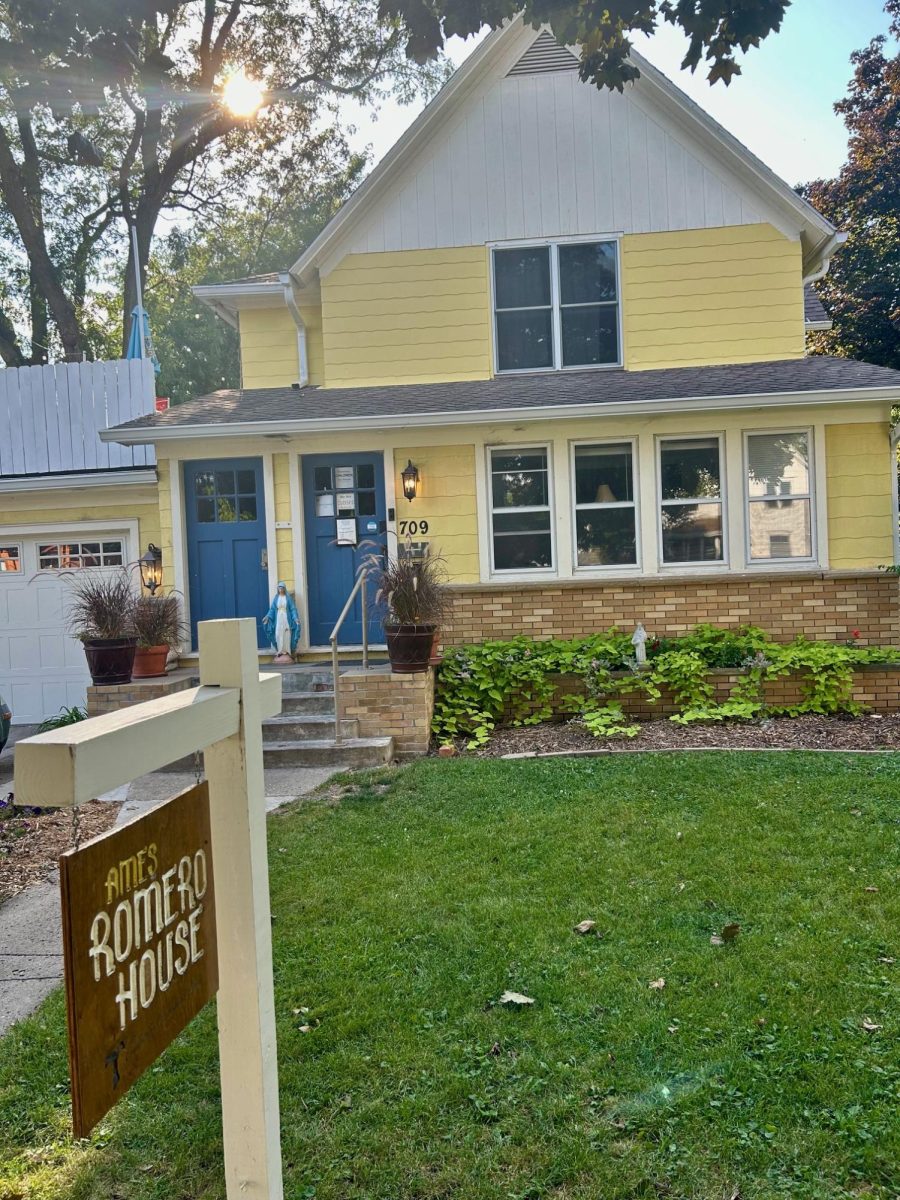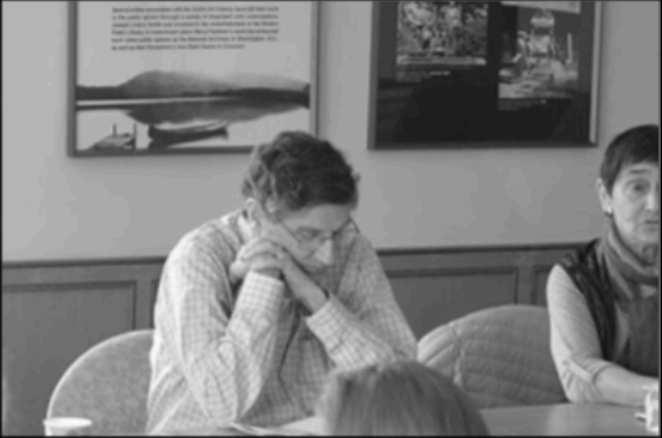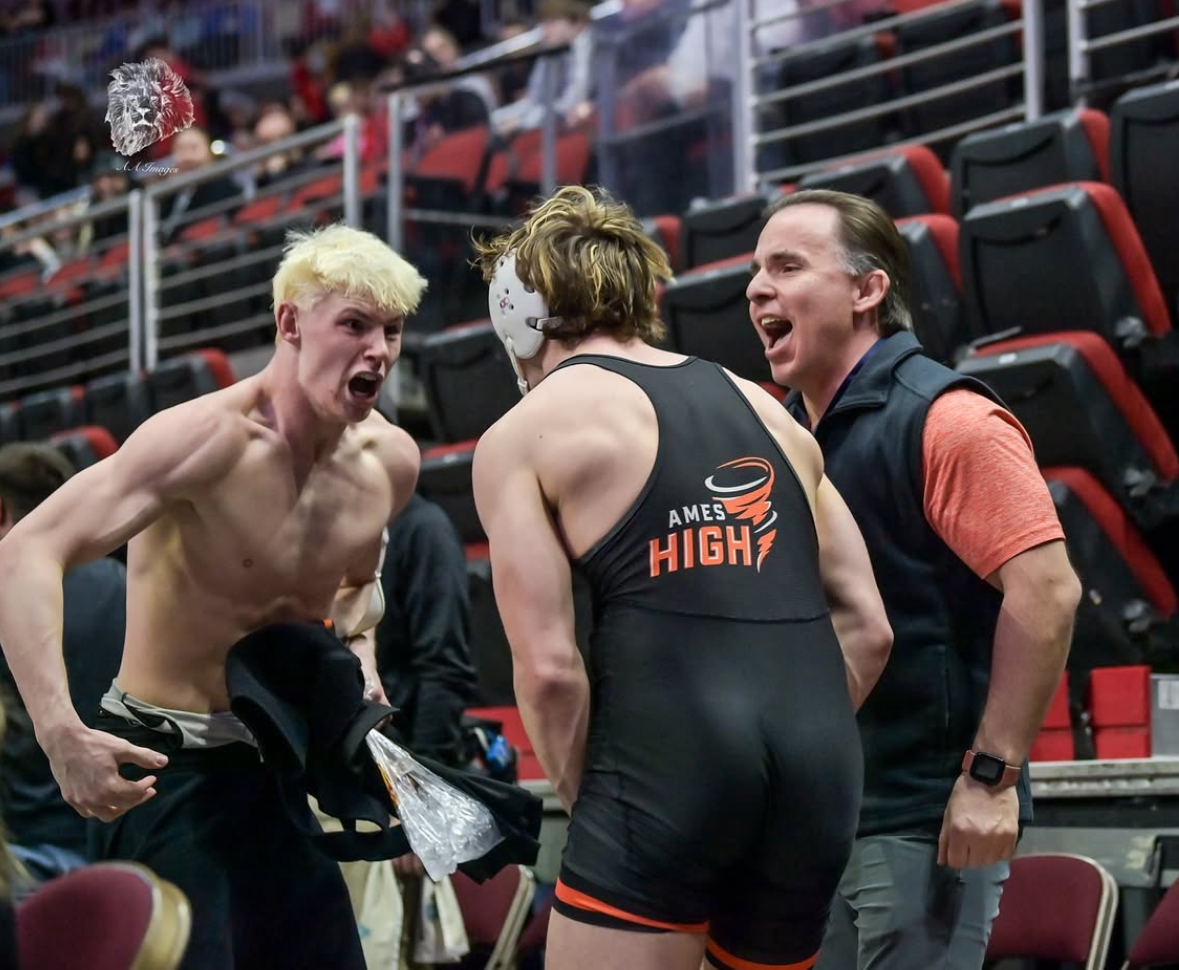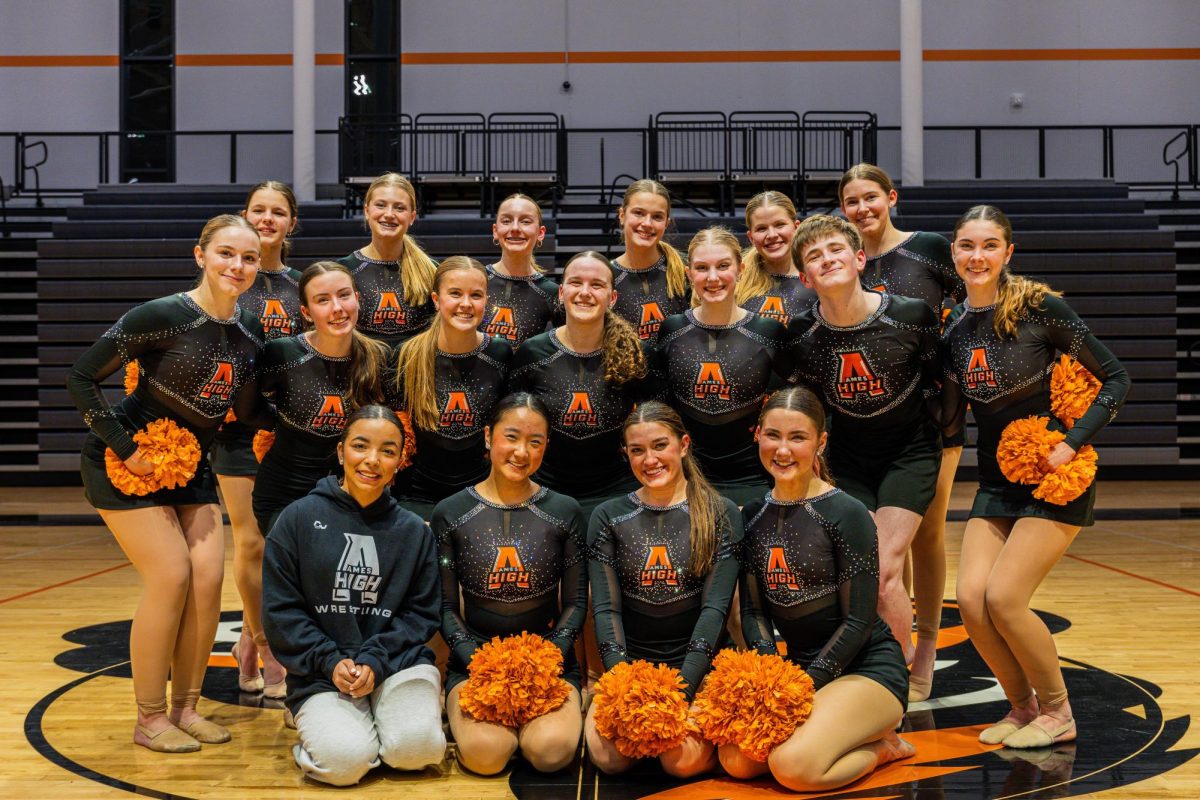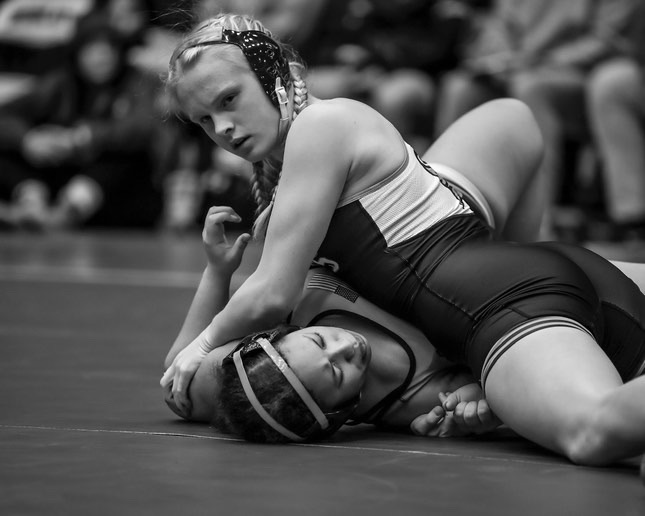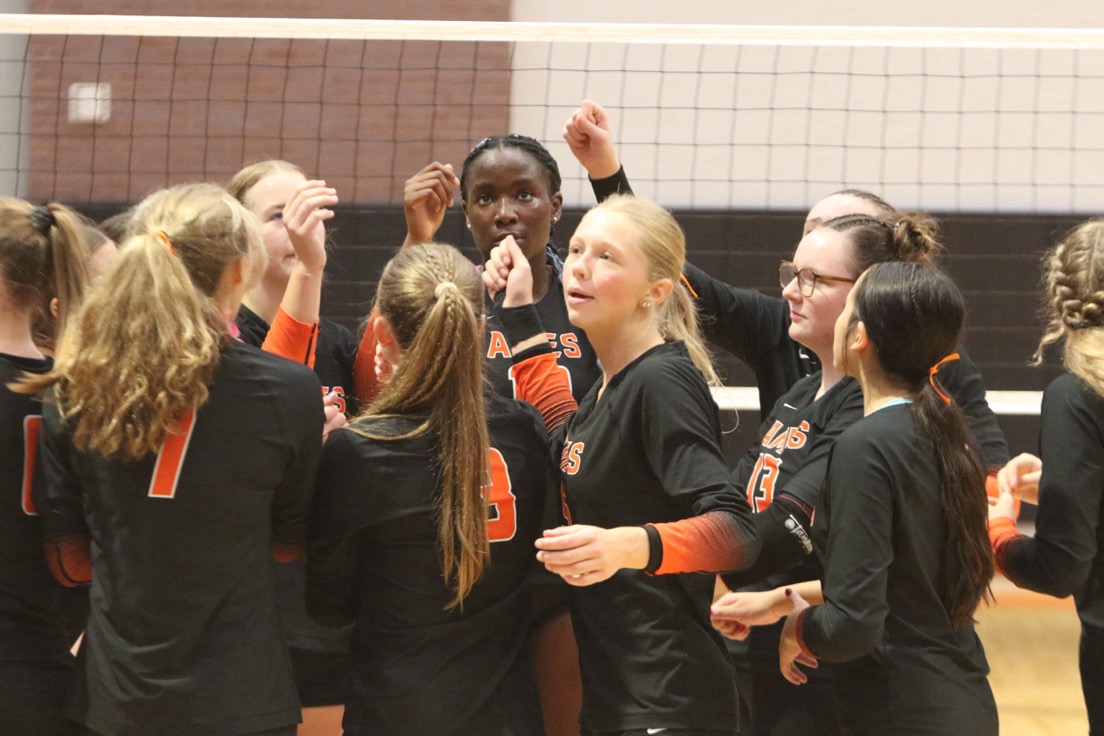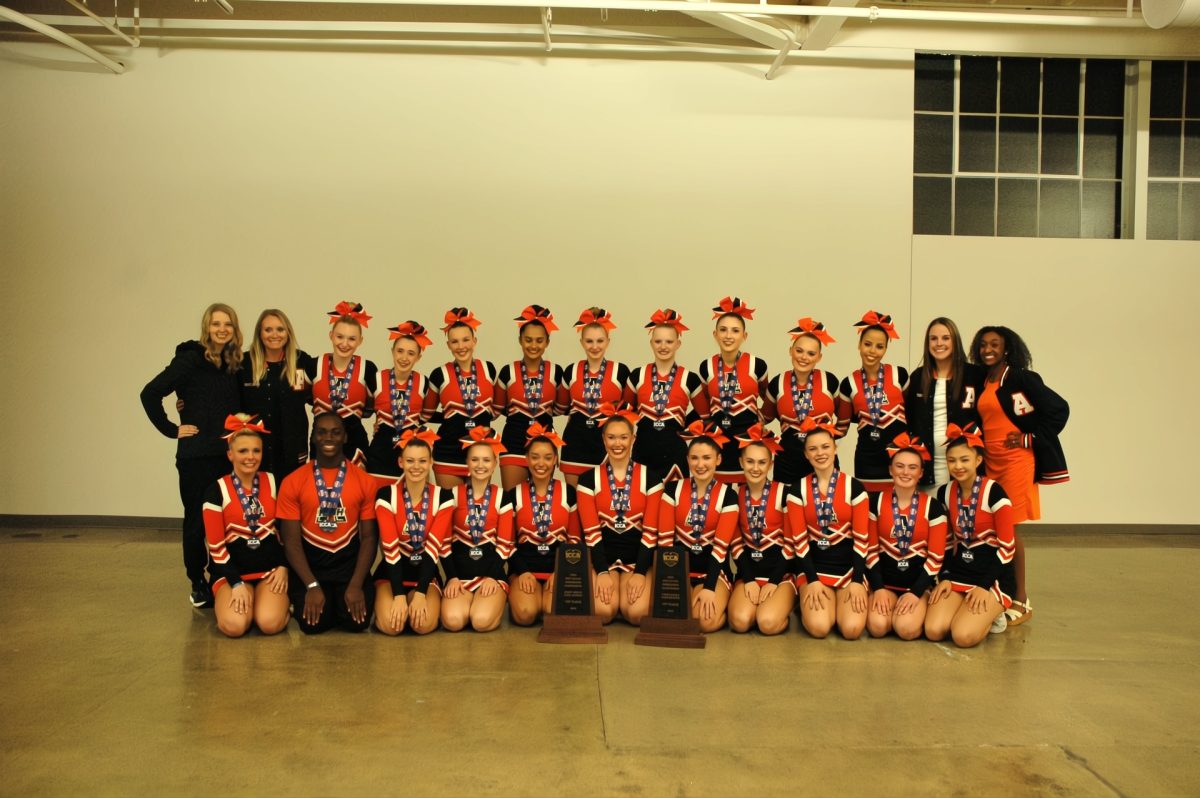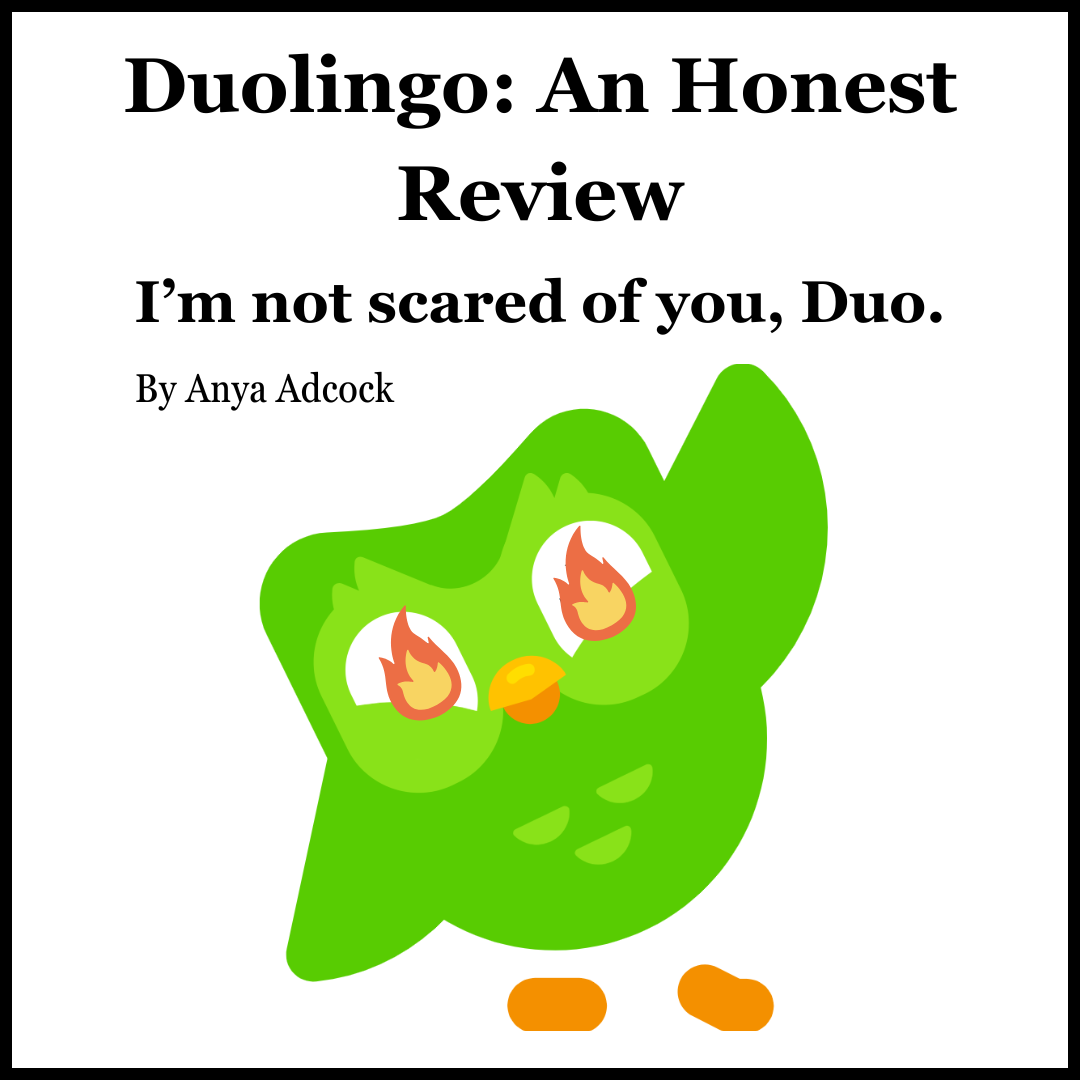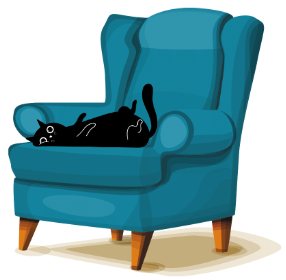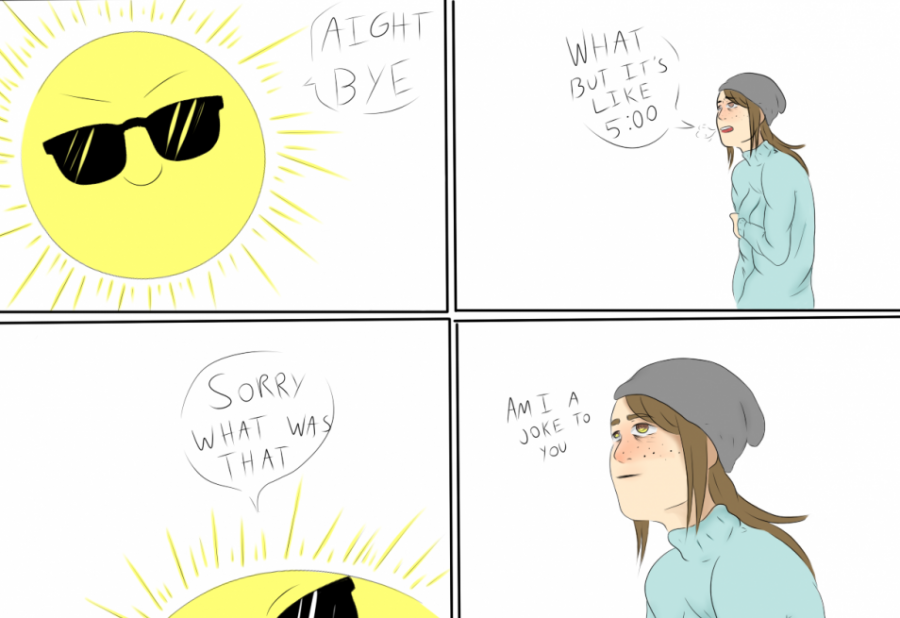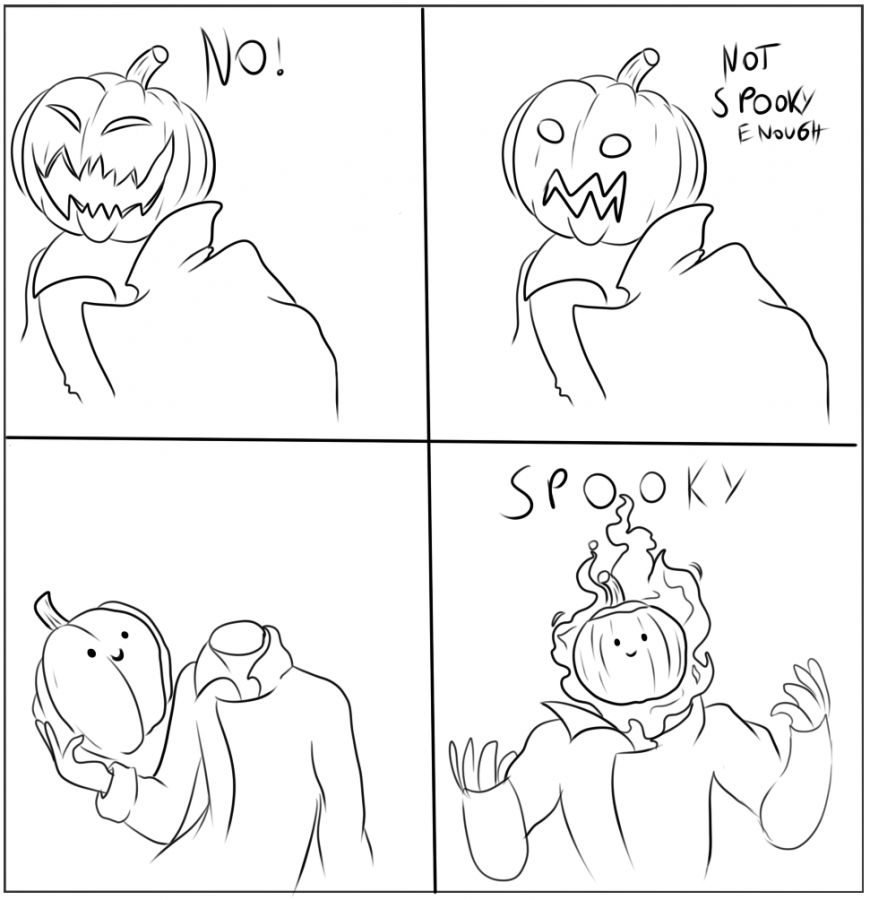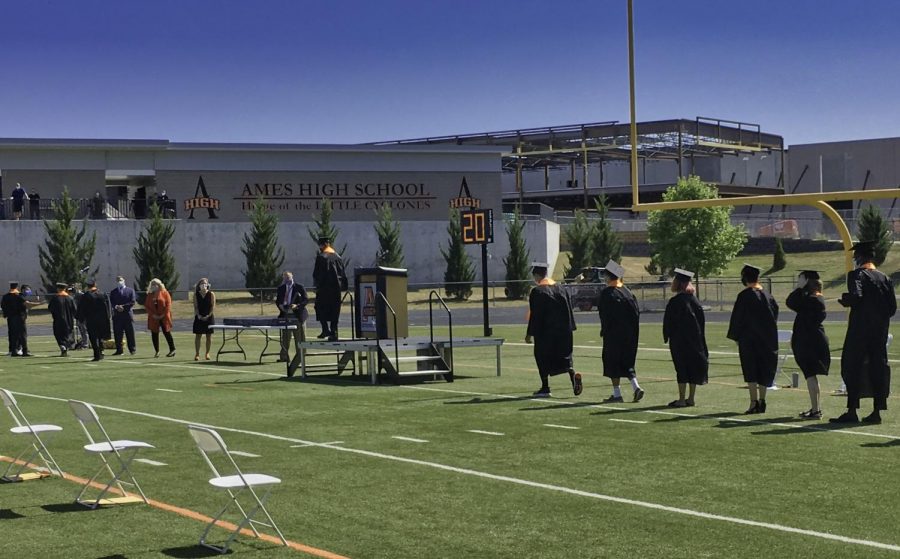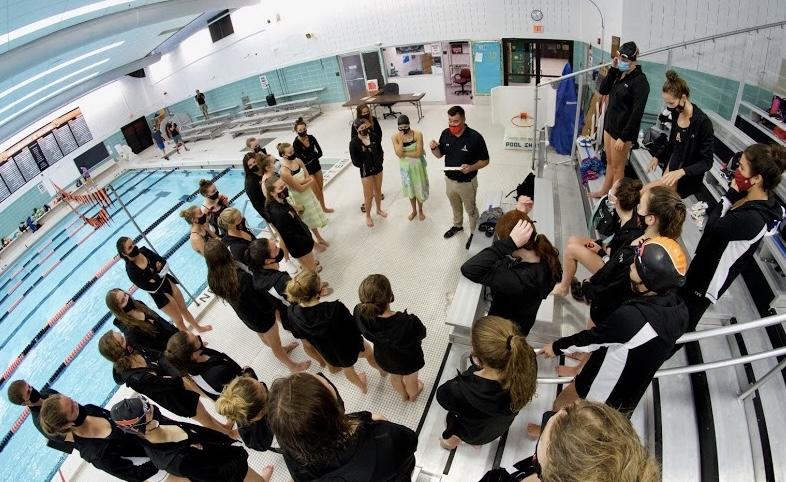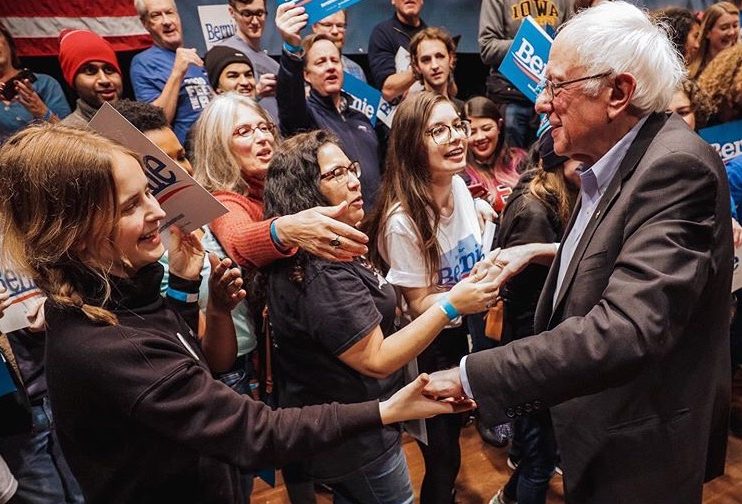Resting quietly in Ames High Schoolâs backyard lays the Richard W. Pohl Prairie. It is a beautiful 22-acre expanse of preserved land that includes almost eight acres of natural prairie. It has belonged to Ames High since 1956, but unfortunately most students have never set foot there. The Ames School Board purchased the untouched land in 1956 as a possible location for a new parking lot or athletic complex. When it wasnât turned into either of those, it became a topic of local debate, and a group called the Ames Conservation Council became particularly active in efforts to preserve the land. They proposed it be leased to the Nature Conservancy, an ecological organization, in order to turn the tract of land into a completely natural area. In 1970, the Ames School Board signed a 49-year lease, for $1 per year, with the Nature Conservancy. This allowed the prairie to be managed and preserved by a dedicated group of environmentalists, as opposed to letting it sit without care. The land was given official State Preserve status, and renamed after Richard W. Pohl, a local prairie activist, in 1997. Since it became a natural sanctuary nearly 40 years ago, the prairie has served as an outdoor classroom for high school and college students. According to The Nature Conservancy website, the land boasts over 100 species of plants, many of which are rare prairie plants, and over 100 species of birds have been spotted there. While people worked to maintain the land in the past, there are still many advocates that work hard to improve the conditions and secure the prairie for future generations. AHS junior Rachel Hauber has recently chosen the prairie as the subject of her Girl Scout Gold Award project. âI wanted to do something to help the environment, and Iâm particularly fond of prairies,â Hauber said. She hopes to work with the Nature Conservancy to help clean up and restore the prairie to its natural state. Some ideas include ridding the land of invasive trees and clearing the piles of dead trees and foliage to make way for natural grasses and plants. Another consideration is re-seeding the prairie in areas with sparse vegetation, which is not as easy as it may seem. To keep the prairie completely natural, the seeds used in re-seeding must come from the original prairie plants, so seeds have to be gathered on the property. Aside from the physical labor involved in maintaining such a large amount of land, Hauberâs project focuses largely on informing the public about the prairie and getting some passionate volunteers to aid in the preservation. None of the other ideas could come to fruition without a large group of dedicated helpers, and Hauber feels that it wonât happen until more people are better educated about the prairie. âI think that if more people knew about the prairie and some of its needs, more people would help out,â she said. One of the ways to achieve this would be setting up a kiosk at the entrance of the prairie. The kiosk would inform visitors of interesting facts and cautions to consider in the prairie. Hauber also mentioned that since the eco program no longer exists, elementary schools should utilize the land as often as possible as a free learning tool and a way to get kids excited about helping the prairie. âI hope to make the prairie a healthier and more incorporated part of our community,â Hauber said. The Pohl prairie is a valuable asset to Ames and Hauber hopes that soon everyone will realize its potential as an educational and unique attraction.
Categories:
Forgotten prairie should be our playground
MEREDITH ANSELMAN
•
February 20, 2008
Story continues below advertisement
0
Donate to The WEB
$125
$450
Contributed
Our Goal
Your donation will support the student journalists of Ames High School, and Iowa needs student journalists. Your contribution will allow us to cover our annual website hosting costs.


